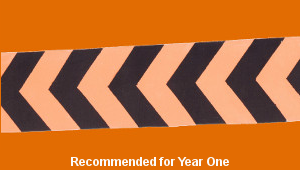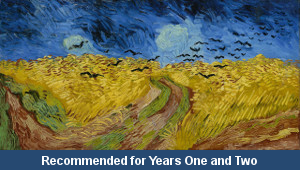Lesson One – Family Holidays

This history teaching pack for Key Stage One gets the children to explore and record some of the special reasons as to why families choose to holiday in some different locations in the United Kingdom and wider world.
The class can produce calendars listing places where families could visit on holiday at different times of the year during the autumn, winter, spring and summer seasons.
Download this teaching pack including a lesson plan, classroom activities and an interactive presentation to explore and record some of the special reasons as to why families choose to holiday in some different locations in the United Kingdom and wider world
Activities in this teaching pack include a shared reading text to identify and describe some of the different locations that families could visit on holiday and differentiated templates to select and record holiday locations to match different times of the year for the autumn, winter, spring and summer seasons.
The interactive presentation can be used to explore and record some of the special reasons as to why families choose to holiday in different locations.
This lesson is part of a history scheme of work to get the children to describe and compare how families enjoyed seaside holidays together in the past with similar events and experiences enjoyed by families today. There are teaching activities for shared learning, differentiated worksheets to support independent learning and interactive presentations to introduce concepts and key skills.
-

Counting Back
Practise using the number technique of counting back to solve and complete a range of abstract and contextual subtraction calculations
-

Mother Nature
Explore how mother nature can provide nourishment, protection and support to all living things in different habitats and environments
-

Digraphs Word Sums
Investigate the spellings and meanings of different sets of words with a range of initial consonant digraphs
-

Van Gogh
Investigate and replicate the work and painting style of a famous artist from the past by producing a matching landscape of the school building
